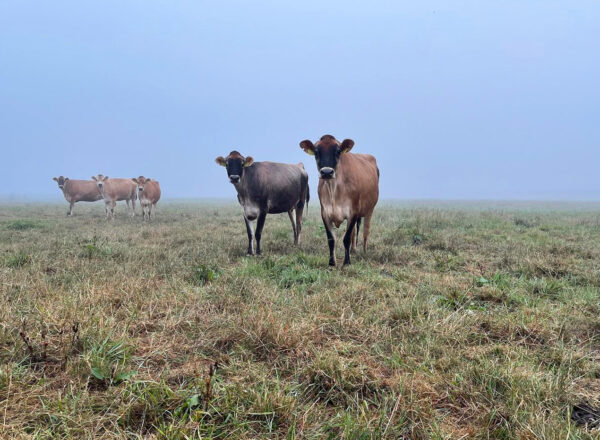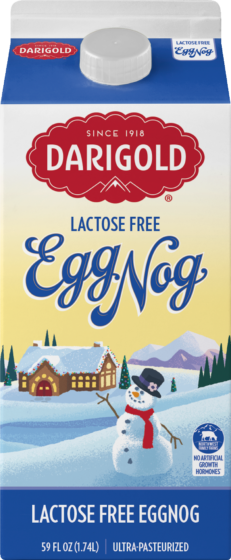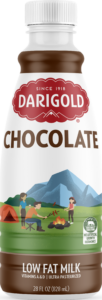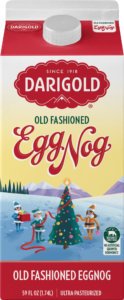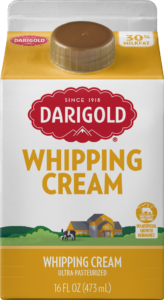Lactose Free Eggnog | 59oz Carton
The traditional holiday drink only available during the season. Rich custard flavor with hints of nutmeg. Our lactose free option lets the whole family enjoy this holiday favorite.
Locally sourced from Northwest farmers who care. Never from cows treated with the artificial growth hormone rbST.
-
Quick Details
-
- Limited Seasonal Availability
- Great Custard Taste
- Ultra Pasteurized for Long Shelf Life
- Easy Pour Cap
- rbST Free*
*From cows not treated with the artificial growth hormone rbST. According to the FDA, no significant difference has been shown between milk derived from rbST treated cows and non-rbST treated cows.
-
Nutrition Facts
-
Nutrition Facts
- about 8 servings
- per container
- Serving size
- 1/2 cup (120mL)
- Amount per serving Calories
- 190
Amount/Serving % Daily Value- Total Fat
- 9g
- 12%
- Saturated Fat
- 5g
- 25%
- Trans Fat
- 0g
- Cholesterol
- 65mg
- 22%
- Sodium
- 90mg
- 4%
Amount/Serving % Daily Value- Total Carbohydrate
- 23g
- 8%
- Dietary Fiber
- 0g
- 0%
- Total Sugars
- 17g
- Includes
- 10g Added Sugars
- 20%
- Protein
- 4g
- 7%
- Vitamin D
- 0mcg
- 0%
- Calcium
- 124mg
- 10%
- Iron
- 0mg
- 0%
- Potassium
- 229mg
- 4%
- Vitamin A
- 97mcg
- 10%
* The % Daily Value (DV) tells you how much a nutrient in a serving of food contributes to a daily diet. 2,000 calories a day is used for general nutrition advice.
-
Ingredients
-
Milk and Cream, Water, Corn Syrup, Sugar, Whey, Egg Yolks, Natural Flavor, Nutmeg, Carrageenan, Guar Gum, Lactase Enzyme (Not Found in Regular Eggnog), Salt, Annatto and Turmeric (Color).
You May Also Like
Reducing Our Collective Impact
